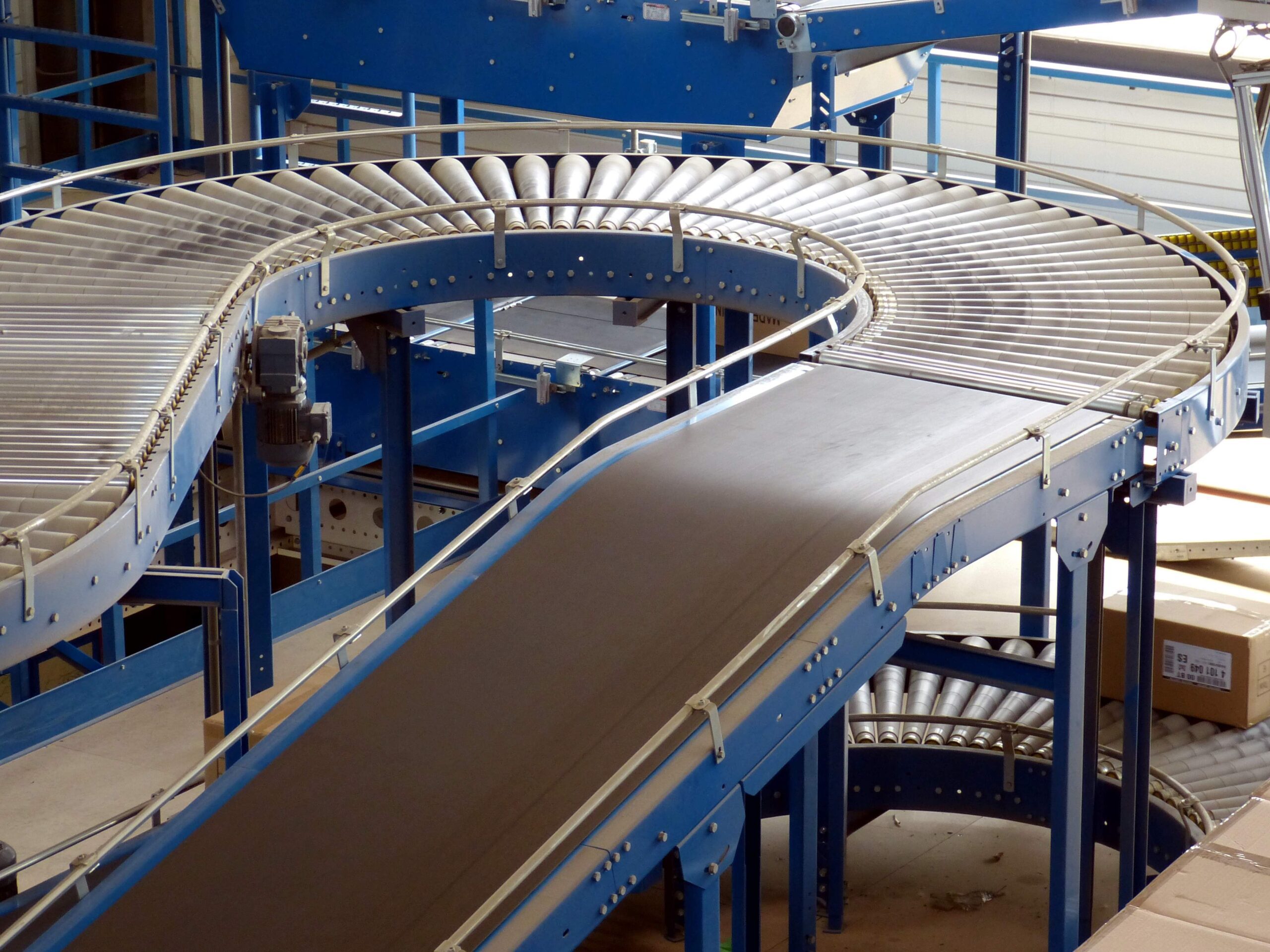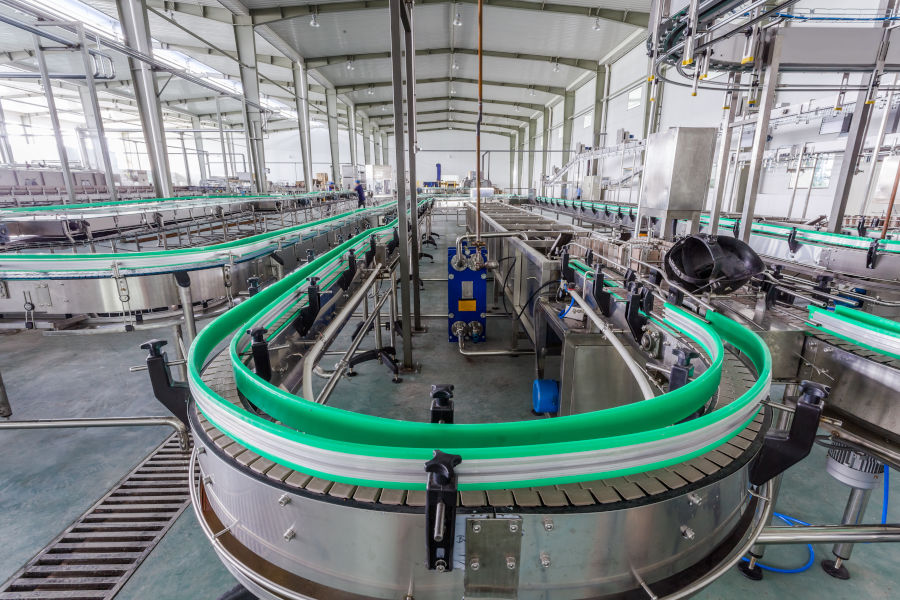A conveyor system is a very common sight in a warehouse or industrial setting. These devices help move products and materials across a warehouse in an efficient manner. Using a conveyor system also helps alleviate any concern an employee may have about moving heavy packages or materials. There are a few different styles of conveyor systems. Each one helps fill a different need in a facility.
PRIMARY TYPES OF CONVEYOR SYSTEMS
There are two main types of conveyor systems. The systems are classified by how they are powered. There are gravity-based conveyors that use manual energy to move items through the belt. There are also electric powered systems which use electricity to move items through the conveyor.
Within each powering system, there are additional variations. With gravity-based systems, there are roller systems, wheel systems, and chute systems. Electric systems can be roller, chain-driven, accumulation driven, sortation, pallet, spiral inclines/declines, or vertical reciprocating systems.
Your individual needs and the design of your facility will help determine which one is best for your facility. If you are not moving a large volume of packages and your system doesn’t need to cover a significant distance, a gravity-based system can work best for you because of its simplicity. If you need to move a considerable amount of product that is large or on pallets, you will want an electrical pallet conveyor system.

WHY DOES A BUSINESS NEED A CONVEYOR SYSTEM?
One of the primary benefits of a conveyor system to a business is to help them improve their efficiency. These systems save companies time by moving product across the building faster than humans can. These systems also move heavier objects than a person could as well. They also help a business save on labor costs and avoid employee injuries, especially ergonomic related ones.
HOW ARE CONVEYORS SYSTEMS USED?
The main objective of conveyor systems is to move product from one place in a warehouse to another. Businesses use these when they want to move large sums of products and sometimes move that product a great distance. Here are some examples of how to use conveyor belt systems.
- When product needs to go from one level/floor of the building to another.
- When product needs to be on an assembly line.
- When product is being staged, it can be stored on a conveyor.
- During order picking, an order that is ready can be transported from the floor to the shipping area.
- The conveyor moves products and items around the facility to where they are needed.
LET DACO PROVIDE YOUR BUSINESS WITH A QUALITY CONVEYOR SYSTEM
DACO has been a leader for years with businesses that need a conveyor system for their facility. Our experts know what questions to ask and can use those responses to find the best options for your facility. Contact us to speak to our sales team, and don’t forget to follow us on Facebook for additional product updates.


